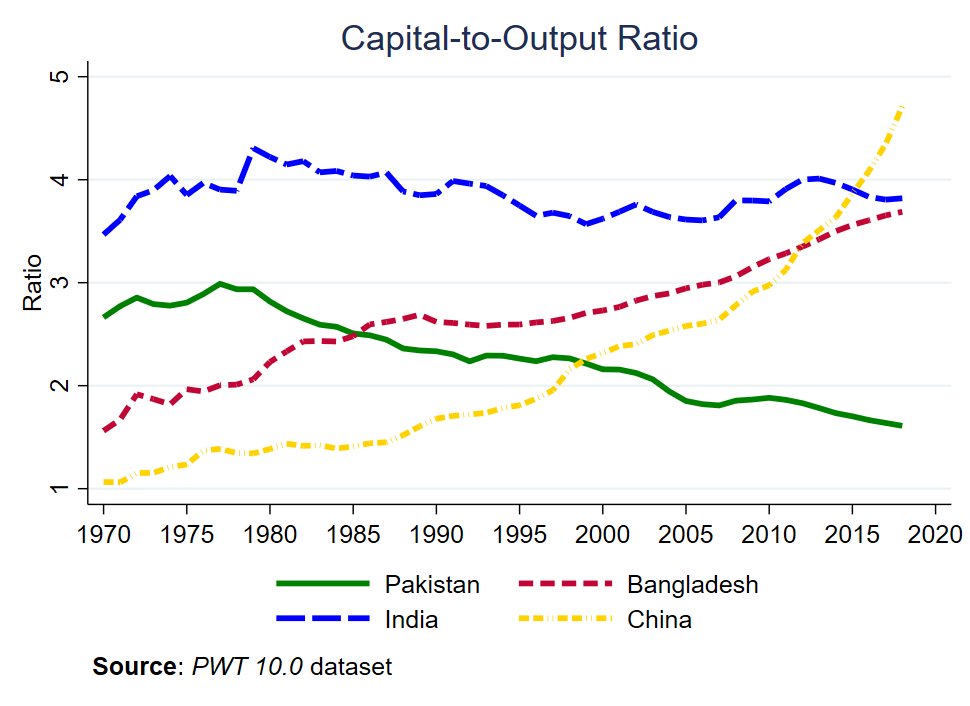#UKElections Can't stop thinkin of Heckscher-Ohlin model on trade & Clemens 2008 paper on immigration showin tht - despite overall gains - globalisation will make less-skilled workrs relatively worse-off while makin high-skilled & capital owners better-off pubs.aeaweb.org/doi/pdfplus/10…
https://twitter.com/drjennings/status/1205342104710455296
Ended up showing these graphs to my students & discussing how these models can help us understand y people r voting in a certain way. Yes yes there is identity politics etc but distributional implications from these models r doing a pretty good job in explaining election outcomes
Appreciating this alone can make us more humble when it comes to understanding the anger and frustration we are seeing today in populist movements. Govts failed in sharing the gains from globalisation with those who were adversely affected in the process. Lessons must be learned
not to forget this set of data as well ft.com/content/bc09b7… 

• • •
Missing some Tweet in this thread? You can try to
force a refresh














